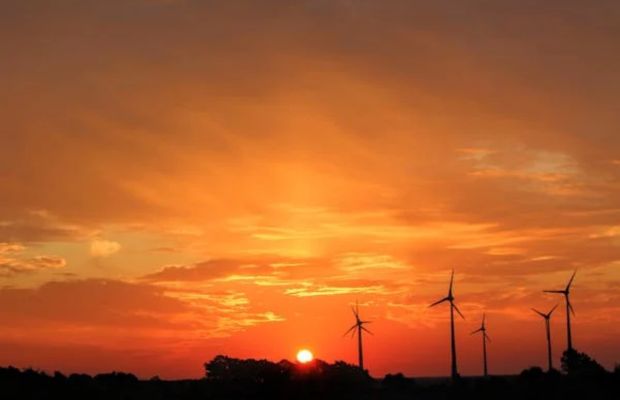Tenaga Nasional Bhd (TNB) gears up for Regulatory Period 4 (RP4) 2025-2027 with substantial capital expenditure (capex) aimed at bolstering Malaysia’s energy transition and meeting the projected growth in electricity demand.
Under the National Energy Transition Roadmap (NETR), TNB is spearheading three pivotal large-scale renewable energy and clean technology initiatives. These include centralised large-scale solar (LSS) parks, hybrid hydro floating solar (HHFS) arrays, and hydrogen and ammonia co-firing projects.
With a goal of achieving over 3,000 megawatts (MW) of renewable-energy capacity by 2040, TNB plans to focus on deploying HHFS technology, with approximately 2,500MW, and establishing five different LSS parks contributing an additional 500MW.
TNB aims to install HHFS arrays with a capacity of up to 230MW at the Temenggor and Chenderoh hydro plants by 2025. Additionally, the company is exploring a 100MW ground-mounted solar project in Perak as part of its renewable energy expansion strategy.
TNB’s president and CEO, Datuk Megat Jalaluddin Megat Hassan, emphasized the company’s commitment to driving growth and achieving net-zero targets through its energy-transition plan. By prioritizing clean energy sources, building transition networks, and promoting dynamic solutions.
The utility giant’s proactive approach to investing in renewable initiatives aligns with Malaysia’s economic performance indicators. In 2023, TNB reported a 4.3% increase in revenue, attributed to a 3.8% rise in electricity demand in Peninsular Malaysia and Sabah.
As TNB continues to advance its renewable energy projects, it reaffirms its dedication to shareholder value, as highlighted by chairman Datuk Abdul Razak Abdul Majid during TNB’s 34th AGM.

